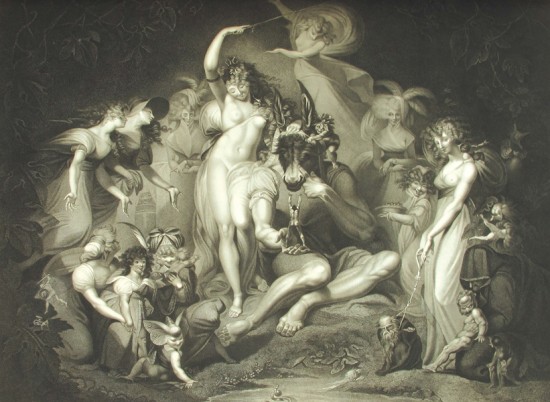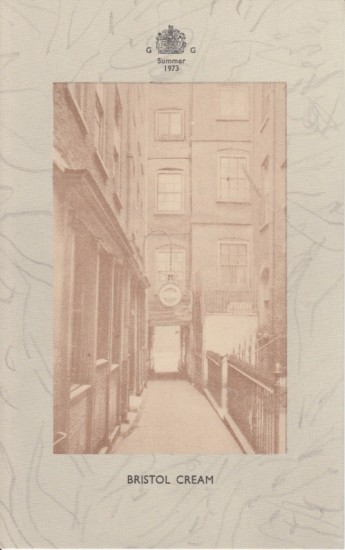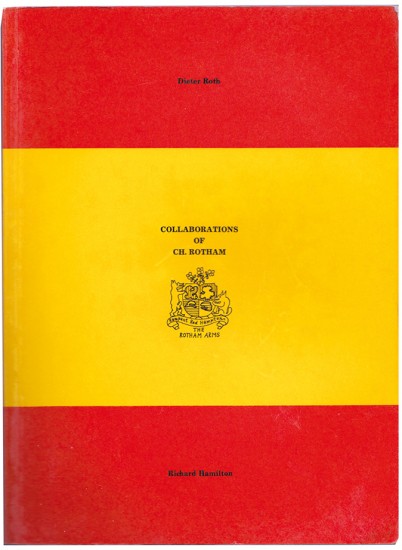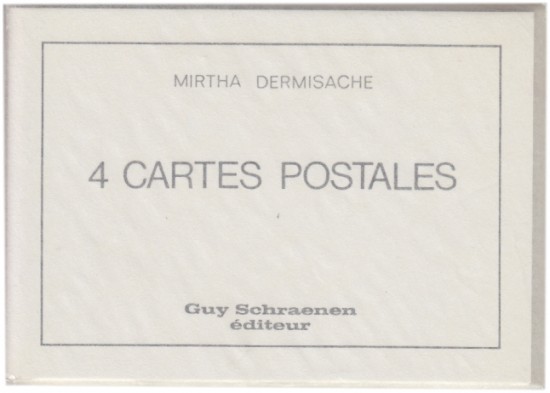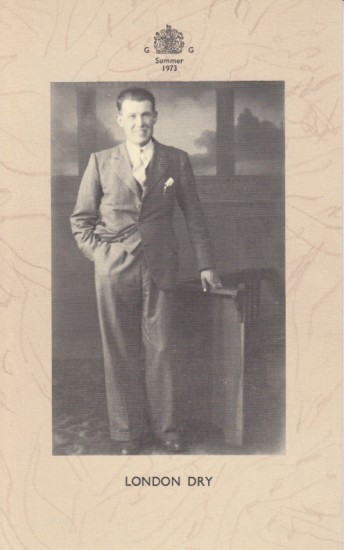A Collection of Prints, from Pictures Painted for the Purpose of Illustrating the Dramatic Works of Shakespeare, by the Artists of Great Britain
Boydell
London. Published by John & Josiah Boydell &c. 1803; 1805
Sold
First edition of the magnificent copper plate engravings from Boydell's Shakespeare, long regarded as the most beautiful illustrations of Shakespeare's plays.
These plates were published both as part of a nine-volume folio set of Shakespeare's dramatic works and in the present form, as a suite of plates, priced at 60 guineas.
Having amassed a fortune in the engraving and print selling business, Boydell determined in 1786 to undertake one of the great enterprises in English publishing history. He commissioned paintings by the leading British artists of the day (including Reynolds, Smirke, Northcote, Porter, Hamilton, and Westall) and exhibited them in a specially built gallery in Pall Mall. By 1802 Boydell's Shakespeare Gallery had 162 paintings illustrating Shakespeare's works. Over the course of a decade, the best engravers had executed copper plate engravings of the finest paintings, and the completed work was published in 1802. One of the plates, Capulet finds Juliet Dead,was engraved by William Blake. For his engraving Blake altered the artist's design considerably by adding additional figures around the Juliet.
Unfortunately, the French revolution had killed off the foreign trade which had made Boydell wealthy, and the publication of the Shakespeare engravings made him insolvent. His vast collections and inventory were sold by lottery in 1805, the winner among the 22,000 tickets sold then selling the collection at auction.
[PROVENANCE: Bookplate of Sir Weetman Dickinson Pearson Bart. of Paddockhurst, Sussex (1856 - 1927) to front pastedown; additional bookplate of Annie Pearson (probably his wife, née Anne Cass) to front pastedown].
These plates were published both as part of a nine-volume folio set of Shakespeare's dramatic works and in the present form, as a suite of plates, priced at 60 guineas.
Having amassed a fortune in the engraving and print selling business, Boydell determined in 1786 to undertake one of the great enterprises in English publishing history. He commissioned paintings by the leading British artists of the day (including Reynolds, Smirke, Northcote, Porter, Hamilton, and Westall) and exhibited them in a specially built gallery in Pall Mall. By 1802 Boydell's Shakespeare Gallery had 162 paintings illustrating Shakespeare's works. Over the course of a decade, the best engravers had executed copper plate engravings of the finest paintings, and the completed work was published in 1802. One of the plates, Capulet finds Juliet Dead,was engraved by William Blake. For his engraving Blake altered the artist's design considerably by adding additional figures around the Juliet.
Unfortunately, the French revolution had killed off the foreign trade which had made Boydell wealthy, and the publication of the Shakespeare engravings made him insolvent. His vast collections and inventory were sold by lottery in 1805, the winner among the 22,000 tickets sold then selling the collection at auction.
[PROVENANCE: Bookplate of Sir Weetman Dickinson Pearson Bart. of Paddockhurst, Sussex (1856 - 1927) to front pastedown; additional bookplate of Annie Pearson (probably his wife, née Anne Cass) to front pastedown].
2 vols. in 1. Elephant folio. Engraved frontispiece, printed title with engraved vignette, leaf with dedication to the King, 2 leaves with list of plates, 2 leaves with Preface, engraved plate of Shakespeare's statue and 48 large engraved plates; vol. 2 with printed title with engraved vignette, leaf with dedication to the Queen, 2 leaves with list of plates and 50 large engraved plates. Later full red morocco, boards with triple rules in blind, banded spine with decoration in blind and gilt title in seven compartments, board edges ruled in gilt, turn-ins with patterning in blind, marbled endpapers, t.e.g.
#40715
